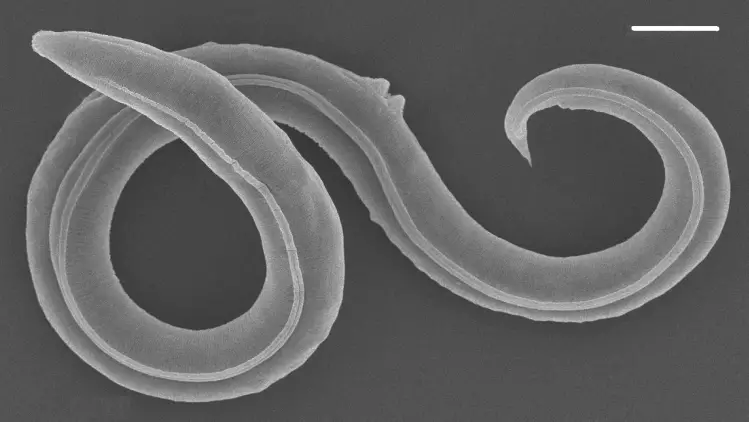In a recent study that was published in the journal PLOS Genetics, researchers revived a worm that had been extinct for 46,000 years within a petri dish.
The roundworm was found in Siberian permafrost that is 46,000 years old, according to the research team’s recently published report. Once the worm defrosted, it started reproducing or, more precisely, participated in “reproduction, development, and repair.” So how did this worm manage to survive? Researchers claim that the worm was kept in animation by a process known as cryptobiosis, in which all metabolic functions are halted.
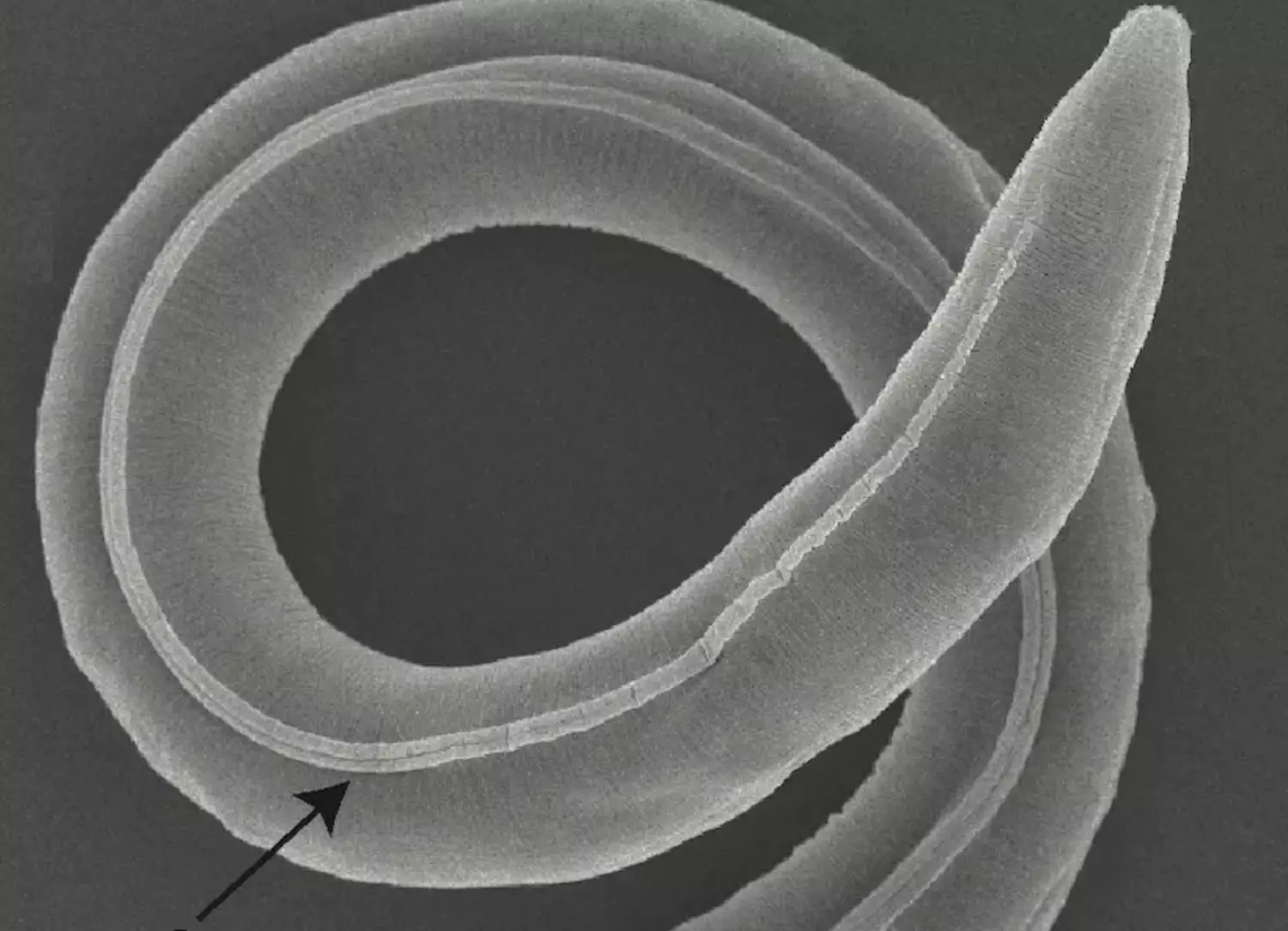
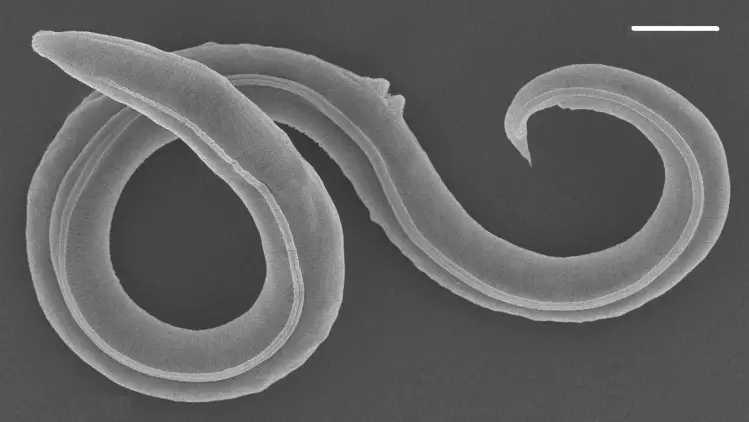
The worm’s DNA could be sampled by the researchers, who found it belonged to a “undescribed species,” which they have since called Panagrolaimus kolymaensis. It’s plausible to assume that there are millions of nematode species suspended in animation in different settings, including ocean trenches, tundras, deserts, and volcanic soils, according to deep sea biologist Holly Bik.
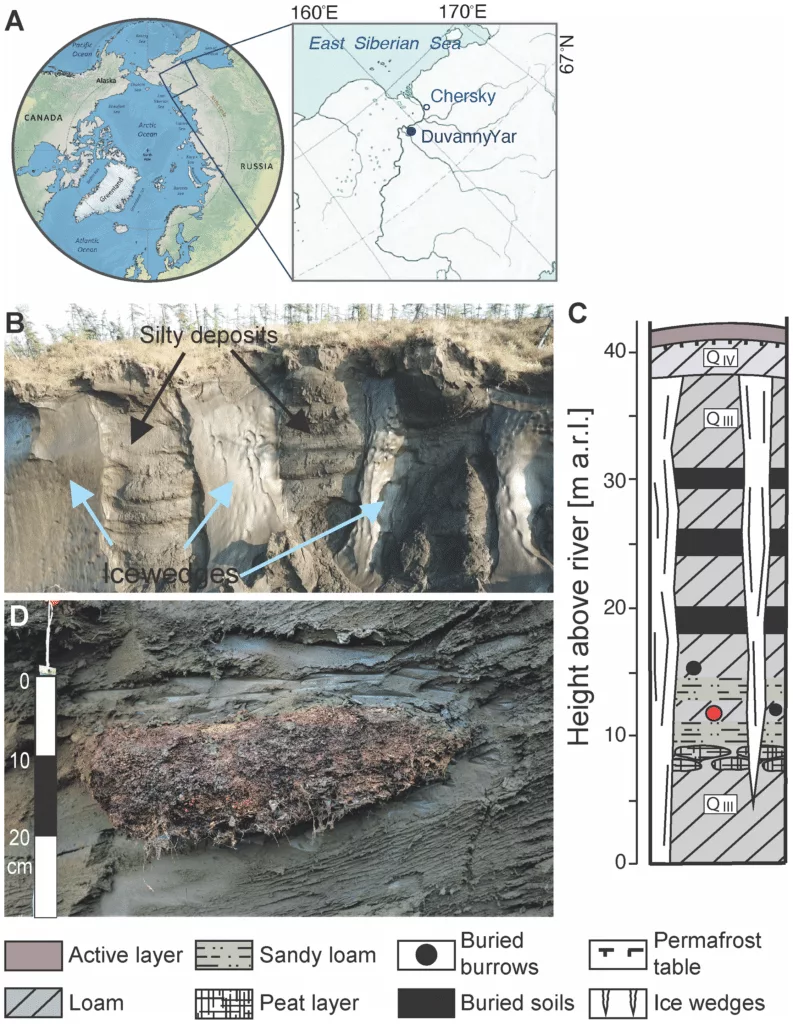
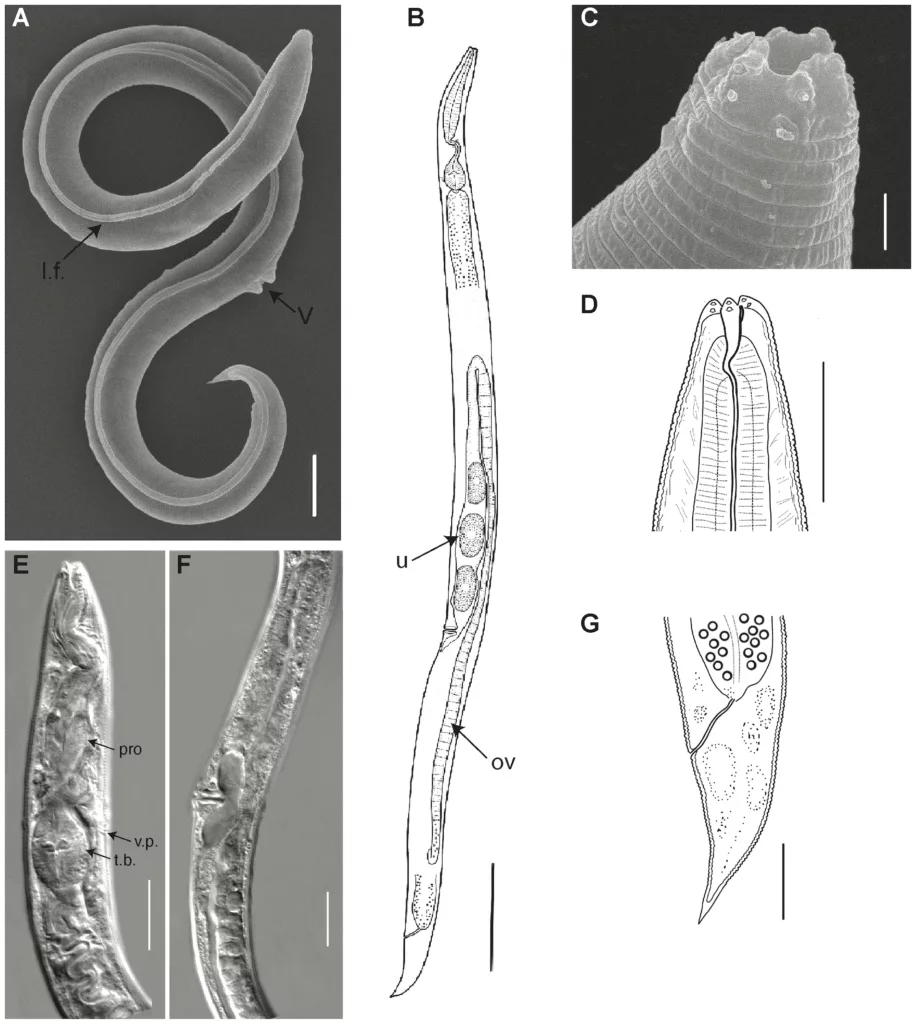

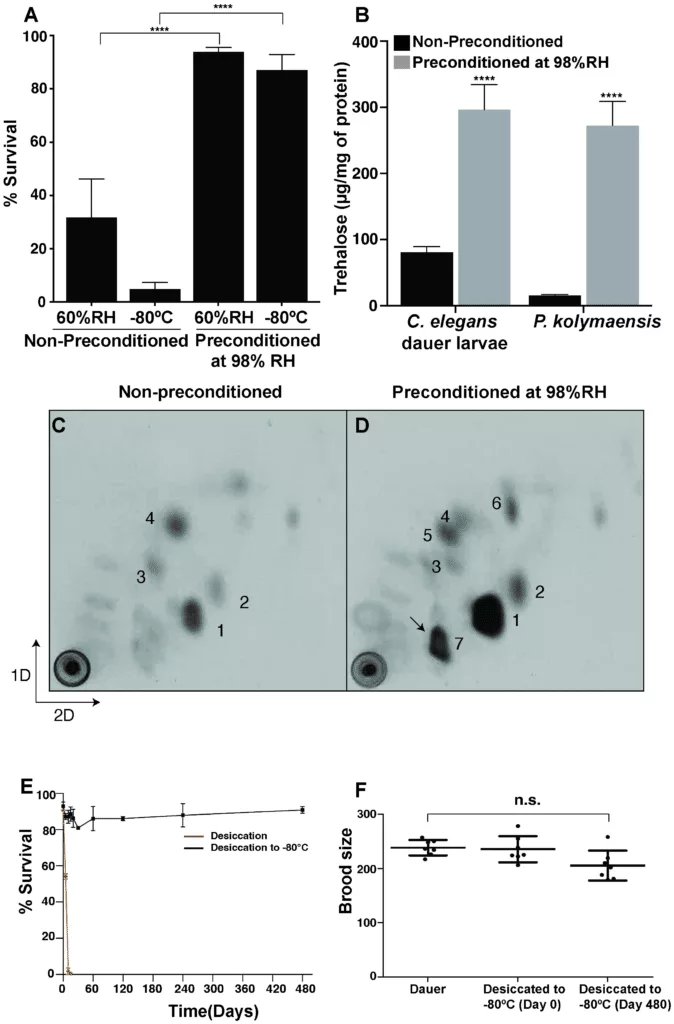
According to Bik, scientists have only discovered 5,000 distinct kinds of marine life, demonstrating how little is known about the overall number of species present in a given habitat. But according to William Crow, a nematologist at the University of Florida, it’s possible that this worm is incredibly widespread but hasn’t yet been formally documented.
However, it very well could be a commonly occurring nematode that no one got around to describing yet,” Crow said.
“Altogether, our findings demonstrate that nematodes evolved mechanisms potentially allowing them to suspend life over geological time scales,” the PLOS Genetics paper said
Sources : TweakTown, Journal PLOS

